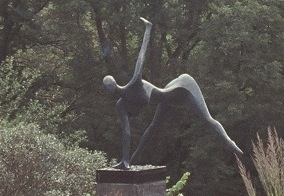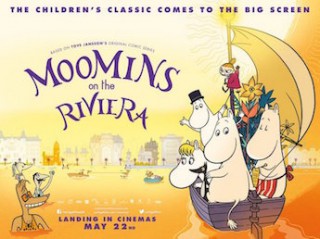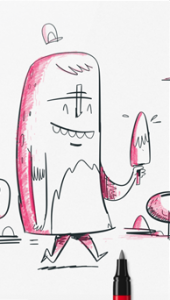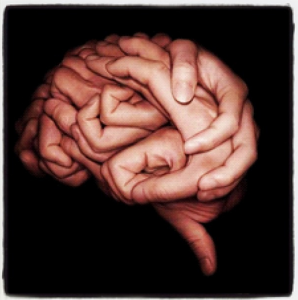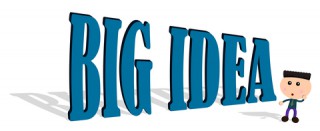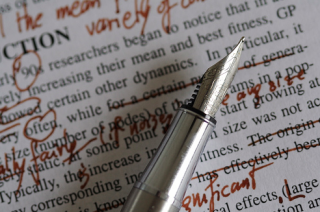After selecting your idea – see blog Selecting an Idea – this blog, First Steps in the art of development, written by Phi Parker, co-founder of BCre8ive, is about the active questions you need to make your idea engage an audience.
You have selected a stand out original idea. You know its tone. You may have an idea of the audience you wish to take it to. You know whether you are focussed on character/s, or the setting, and what the dramatic problem is at the core of the idea.
So developing an outline or treatment, starting some drawings, working up a wire frame, or collecting more material,all seem straight forward, and the obvious next step. For many creatives this is the next step, and provides a solid sense of progressing the idea. However, often this level of activity leads to frustration and dead ends. Now do not get me wrong frustration in the creative process, and exploring dead ends, is normal. The questions are can we avoid some of the frustration and too many dead ends, and if so how do we do it at this early stage of development?
Active Questions
One key aspect of any audience’s engagement in a work is the presence of active questions. These are questions, which the narrative poses that the audience wants to find answers to. In some well-known cases of the visual arts e.g. Mona Lisa’s smile – what, or who, is she smiling at? It is left open for the audience i.e. the viewer of the painting, to answer for themselves. In other literary works e.g. The Hound of the Baskerville’s’ the active question of who, or what, is the hound? is answered in the final passages of the novel.
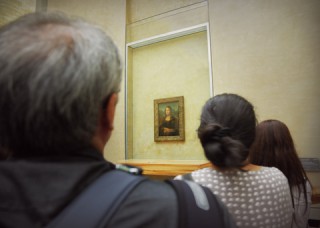 © Adisa | Dreamstime.com – Mona Lisa Photo
© Adisa | Dreamstime.com – Mona Lisa Photo
By identifying the active question, or questions, which make your idea interesting for an audience you can shape the work and avoid some dead ends. However, crucially, you will know why an audience will engage with your idea, and how the answer/s you plan may satisfy them.
How do you use active questions in developing your idea?
Active questions can be the framing device within which all the action of your narrative takes place. This is most easily seen in relation to developing the genre aspect of your idea.
Genre arise from the audience’s history of engaging with narrative, and then spotting links between types of narrative, which setup expectations of what will happen when they next engage with a narrative. Identifying the genre your idea sits in, or may sit in, is key to developing a successful creative work, but this is for another blog on the steps to development.
Active questions in genre terms have an overarching framing function. For instance, in romances it is whether or not two, or more, people will find love, and commit to spending time together or not? While in personal dramas it is will the character/s achieve their stated goal/s, survive the chaos of life and/or achieve some sense of validation.
In this context the main active question is often posed right at the beginning of the game, TV episode, novel etc.. This often occurs after a short, or sometimes long, introduction to the particular world of the action. It is then answered in the final level of the game, the climax of the episode, the final chapter/s of the novel etc..
The presence of this type of framing active question is critical to developing your idea, and in particular characters.
For example, if the only reason you want to work with a character is because they can deliver a punchline e.g. deliver a joke, then they will not be able to sustain a lengthy narrative just on this version of them alone. This suggests either your idea based on them is best developed as a very short narrative or they are placed as a minor character in much larger narrative dominated by other characters e.g.C-3PO in ‘Star Wars’.
More Active Questions
In the romantic comedy ‘Hitch’ the two main characters at the start of the film have sworn off romantic relationships. However, we know, because this is a romantic comedy, hat they will meet up and fall for each other. The questions are when and how, and then will they actually end up together? Inevitably, despite a major breakup/betrayal and several misunderstandings etc. they do end up together.
At first this looks like a very predictable active question – will this couple end up together? However, this is a given – after all this is a romantic comedy! So this active question though central to framing the film’s narrative is not the key active question/s for the audience. Please do not misunderstand me here. If this fundamental genre active question was not fulfilled then the audience would be disappointed – see umpteen failed comedic romances that tried to be romantic comedies. However, this framing question was not what made it a success with audiences. It was the active questions about will these characters change, will the supporting characters also find love, and will the deceit at the heart of their initial encounters eventually destroy their love for each other?
These active questions which tie the various plot lines together are the active questions which the audience wanted answers to. Without them the audience will have no interest in what is a predictable plot.
The key here is to understand that the questions of betrayal and people changing in relationships is so central to the audience’s lives, and in many cases their relationships, that they want to see how the characters in ‘Hitch’ deal with this in order to reflect on their own experiences.
Finding Your Active Questions
So do you have a big active question, which sets up the framework of your narrative? Is it like the mission/s of Desmond/Altaïr ibn-La’Ahad in ‘Assassin’s Creed’ or how did a child live through the Iranian revolution of the 1970’s in “Persepolis’? The nature of your framing question will as I stated above suggest the type end length of narrative. Asking how do the average, or not so average, family cope with their children?, is more likely to work initially as an episodic narrative than a single one off.
However, it is the additional active questions, which hold people to your narrative development that are crucial to its success. So once you have your framing question look to develop the other smaller active questions, before you go too far down one plot line, or develop a sequence or level. What is it that you are asking with regard to people’s own experiences?
“Creativity is the process of having original ideas that have value. It is a process: It’s not random.” Ken Robinson
Having discovered your key active questions you are still going to end up frustrated, and even in the odd dead end, but there will be less of it, and them, if you have worked out what your active questions are.



